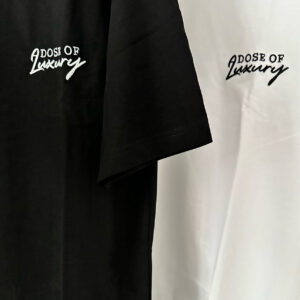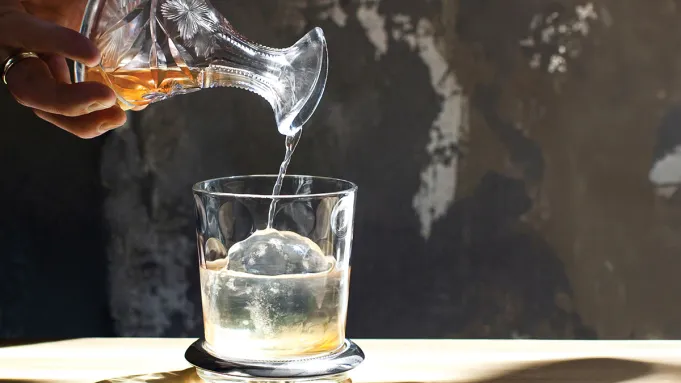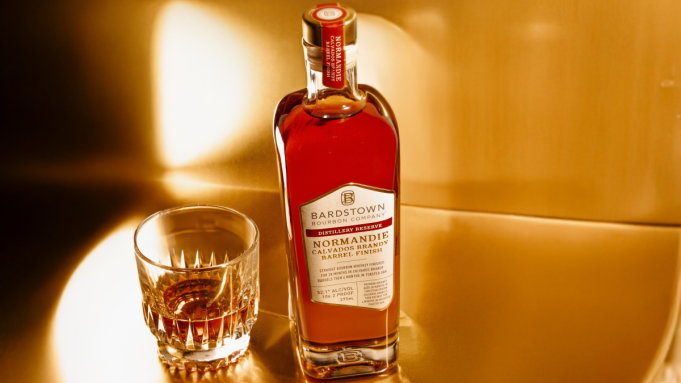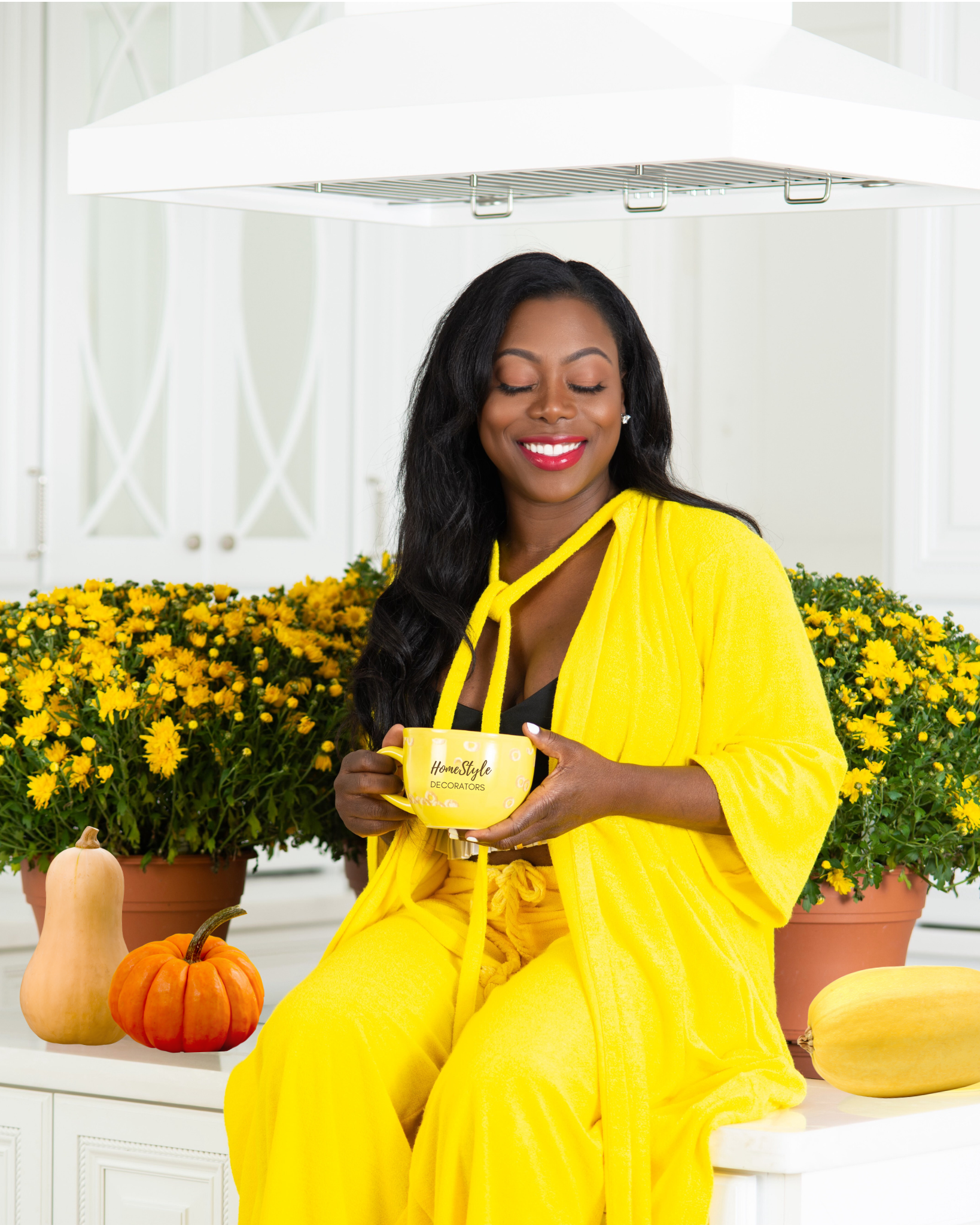
Welcome to Taste Test, where every week our critic Jonah Flicker explores the most buzzworthy and interesting whiskeys in the world. Check back each Sunday for his latest whiskey review.
It’s not that the worlds of American whiskey and scotch haven’t met before, it’s just that it hasn’t always been a successful consummation, particularly when the element of smoke is involved. That being said, the latest example of this tenuous relationship works—the new limited-edition Peated Cask Rye from Angel’s Envy is a good and interesting whiskey, and provides further proof that this distillery is still one of the best in the cask-finishing business.
Virtually all of Angel’s Envy whiskeys are cask-finished, aside from the bottled-in-bond bourbon that came out last year. But not all of them are resounding successes—personally, I thought the Cellar Collection expression finished in Patron tequila barrels was fine, but not exactly memorable. While the majority of whiskey released by Angel’s Envy is bourbon (and most of that bourbon spends some time in port barrels), that Cellar Collection release was a rye whiskey, as is this new limited-edition, distillery-exclusive release.
Peated Cask Rye, which first came out in early September, was initially aged in new charred oak barrels, as required by law. Then it was finished in casks that were previously used to mature peated scotch from Islay, the region of Scotland known for its smoky whisky. I reached out to master distiller Owen Martin to find out a bit more about how the whiskey came together, and he told me that although the mashbill is 95 percent rye/5 percent malted barley, it doesn’t come from MGP in Indiana. Instead, it was distilled at an undisclosed partner in Kentucky (the first time Angel’s Envy turned to its home state for rye). It was aged for 6.5 years before the secondary maturation, but Martin decided to only finish half of the lot in the peated barrels to control the level of smoke, allowing the other half to age for another year in the rye barrels.
As for the source of the barrels, Angel’s Envy parent company Bacardi doesn’t own any Islay distilleries, but the Dewar’s team helped out based on the brand’s long history of cask trading. “I essentially had my pick of the litter,” Martin told Robb Report. “After some back and forth on the sensory qualities of the base rye whiskey, we were able to select the most complimentary peat profile–in ex-bourbon 53-gallon barrels–and were off to the races.” Lastly, Martin also got some inspiration from the French, employing the “petite eaux” technique that is more commonly used in Cognac. He barrel-aged water for 10 months to extract “creamy, fruity” notes from the rye casks, and used that to dilute the whiskey to proof. “In my opinion, the petite eaux softened the aggressiveness of the peat,” he said, “and was pivotal in creating a more rounded, complex release.”
So how does all of this play out? I’ve tried American whiskeys before that were literally peated, meaning they were made with peated barley in the mashbill, and while some of them have worked nothing has blown me away. I’ve also tried whiskeys that were finished in peated casks, like one of Chattanooga Whiskey’s experimental releases, and these too were not particularly outstanding. But Angel’s Envy has managed to get the formula right here. The rye character of the whiskey is definitely front and center, with notes of spice, fruit, vanilla, and caramel popping on every sip. But the peated cask finish provides a soft but very noticeable background of savory and slightly saline smoke, sort of a smoldering campfire that adds to the experience without overwhelming it.
Peated Cask Rye is only available at the distillery, although you may be able to find a bottle on the secondary market at some point. Still, it’s one that’s definitely worth trying if you happen upon it—it’s unique, it’s tasty, and as mentioned before, it’s further proof of Angel’s Envy role as a leader in cask-finished American whiskey. Success or failure, I’m looking forward to seeing what the distillery has up its sleeve next.
Score: 90
- 100 Worth trading your first born for
- 95 – 99 In the Pantheon: A trophy for the cabinet
- 90 – 94 Great: An excited nod from friends when you pour them a dram
- 85 – 89 Very Good: Delicious enough to buy, but not quite special enough to chase on the secondary market
- 80 – 84 Good: More of your everyday drinker, solid and reliable
- Below 80 It’s Alright: Honestly, we probably won’t waste your time and ours with this
Authors
-


Jonah Flicker
Flicker is currently Robb Report’s whiskey critic, writing a weekly review of the most newsworthy releases around. He is a freelance writer covering the spirits industry whose work has appeared in…
instagram:
Error: No feed with the ID 1 found.
Please go to the Instagram Feed settings page to create a feed.









